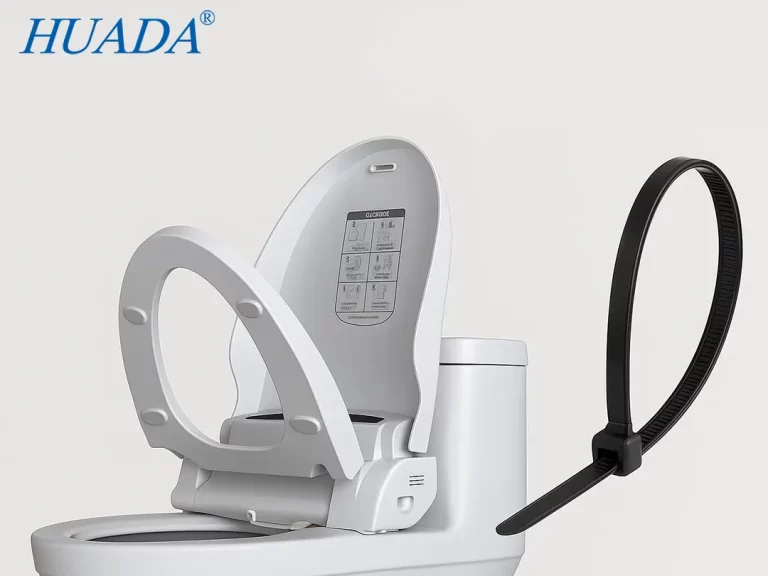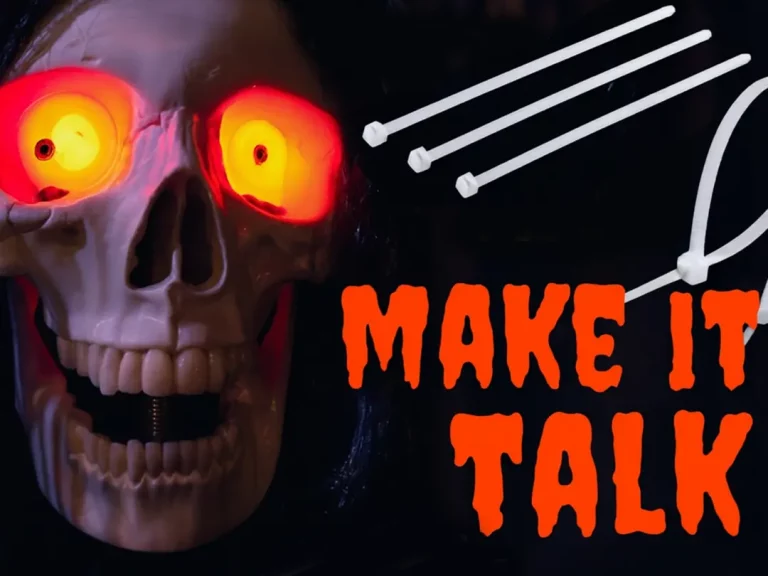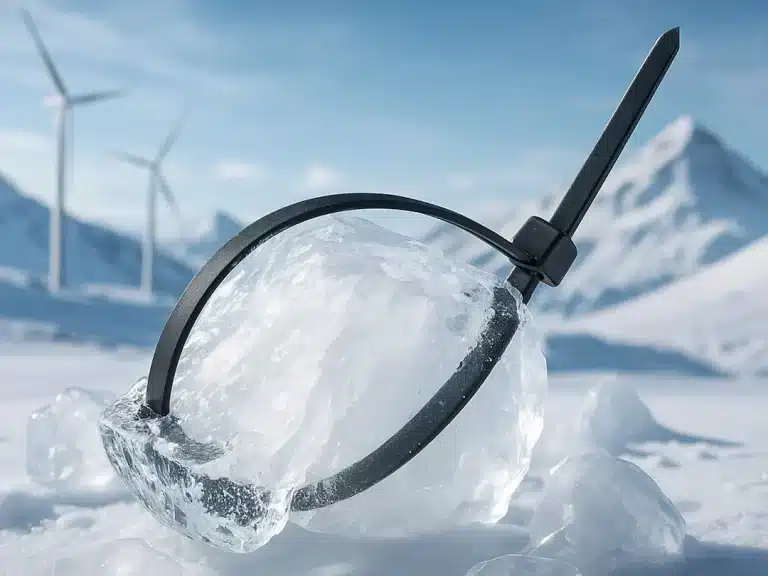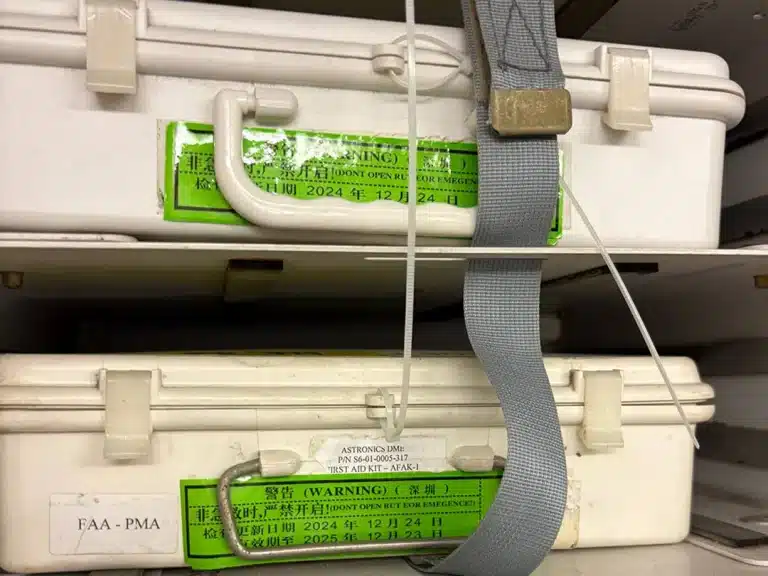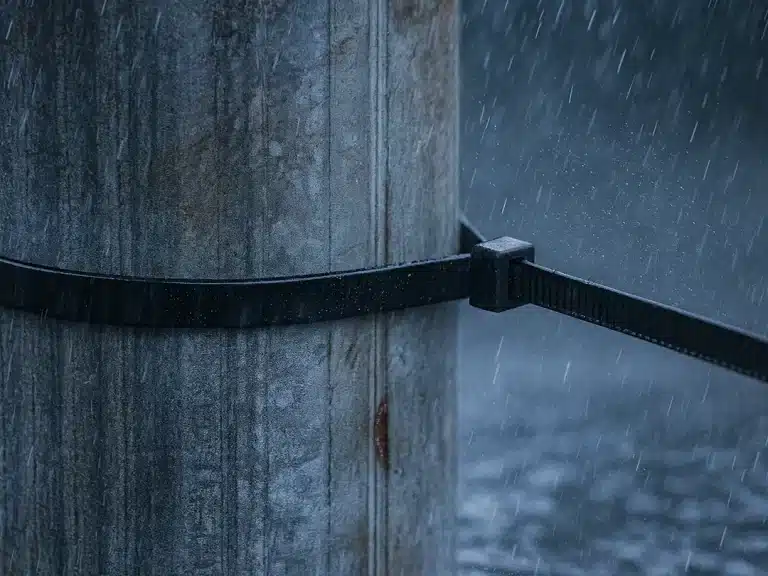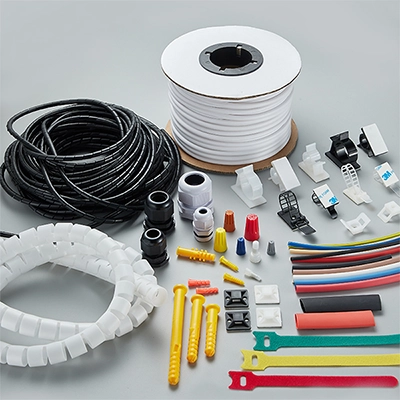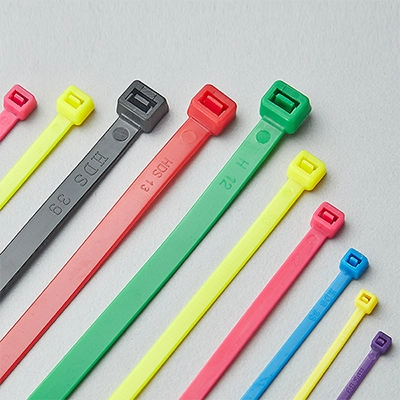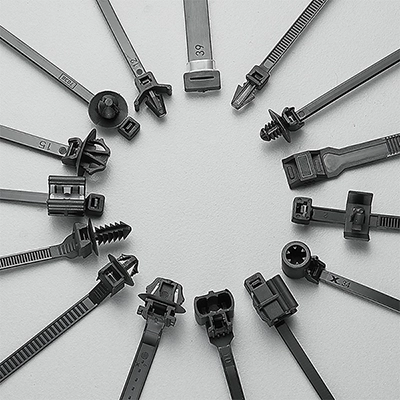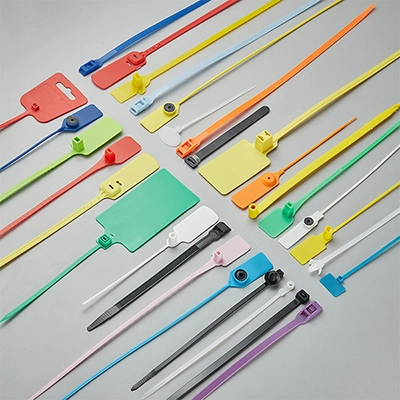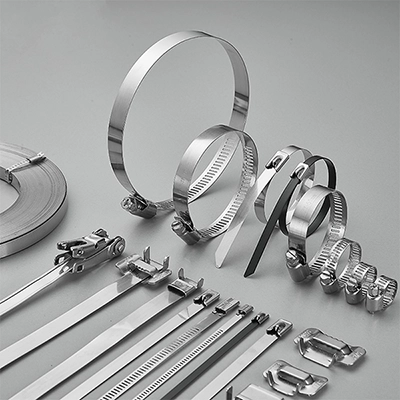When installing outdoor banners, cable ties are commonly used to secure materials like printed fabric, PVC banners, or advertising panels onto structures such as railings, fences, or scaffolding.
Compared to traditional methods like ropes or hooks, cable ties offer easier installation, more reliable fixation, and lower overall costs, making them ideal for promotional activities in shopping districts, exhibition setups, construction sites, and roadside barriers.
However, outdoor environments are challenging. Constant exposure to sunlight, wind, rain, and temperature fluctuations can significantly affect the durability of cable ties. If inappropriate ties are used, they can become brittle and break prematurely, causing banners to loosen or fall off. Therefore, choosing cable ties specifically suitable for outdoor banner use is essential to ensure stability and safety.

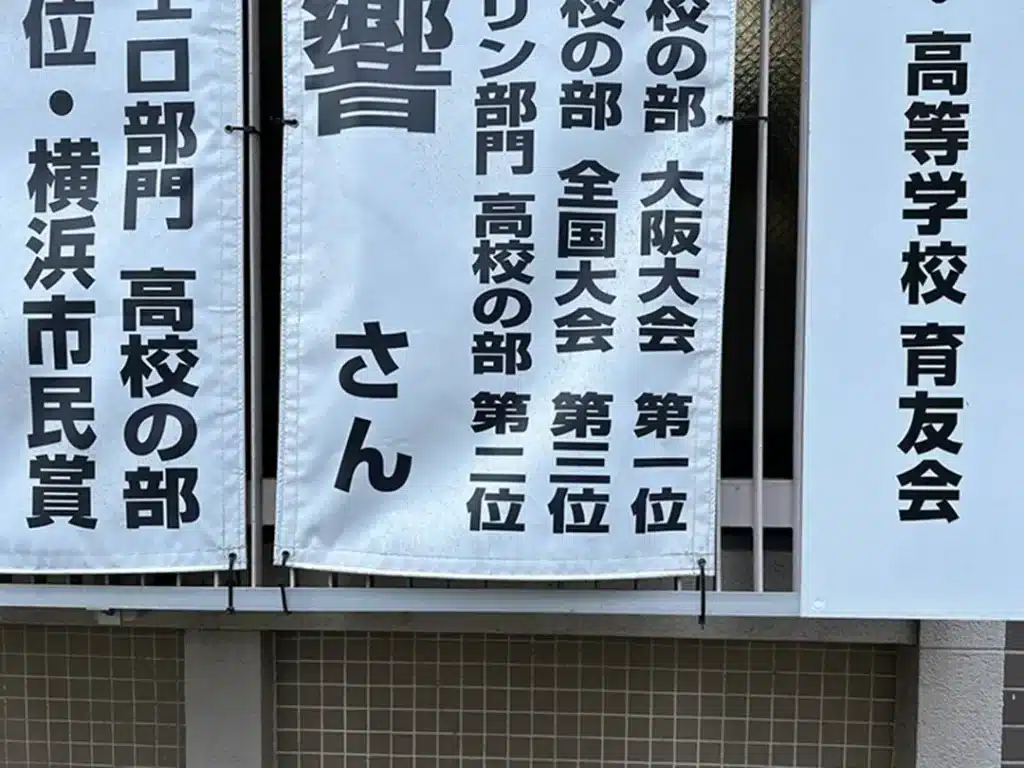
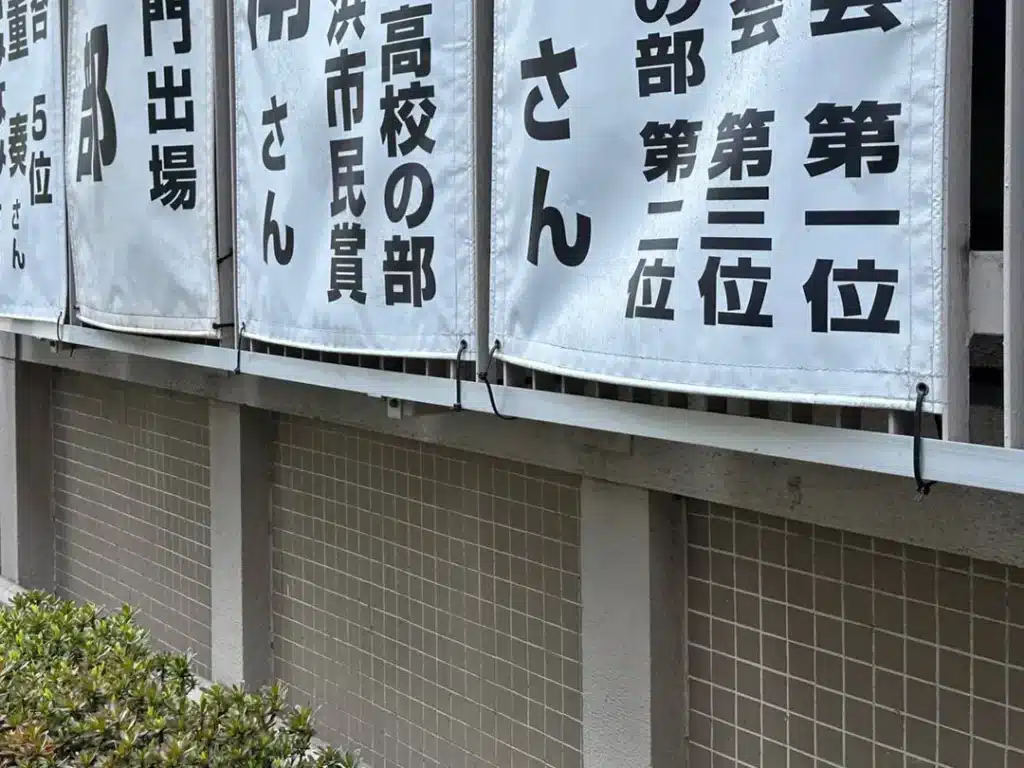
(Special thanks to my colleague Tom for providing the photos used in this article.)
3 Key Factors for Choosing Cable Ties for Banners
1. Weather Resistance (UV Resistance)
Cable ties, commonly made of nylon 6 or nylon 66, can degrade quickly when exposed to sunlight and UV radiation outdoors, becoming brittle and losing strength. To prolong their lifespan, always choose UV-resistant cable ties made from UV-stabilized nylon, which significantly enhances their durability under outdoor conditions.
Recommended Material: Weather-resistant PA66 nylon (UV-stabilized)
2. Choosing the Right Size of Cable Ties
According to the Chinese industry standard QB/T 4494-2013, cable ties of different widths have different tensile strengths. When banners are installed outdoors, they’re not only affected by their weight but also by external forces like wind. Therefore, you should select the appropriate cable tie width based on banner size, weight, and environmental conditions to ensure safety.
Here’s a quick reference table for common cable tie sizes:
| Cable Tie Width | Tensile Strength | Suitable Banner Width | Recommended Applications |
| 3.6 mm | ≥18 kg | <1 meter | Short-term events, small signage |
| 4.8 mm | ≥22 kg | 1-2 meters | Standard banners, construction barriers |
| 7.6 mm & above | ≥55 kg & above | >2 meters, windy conditions | Long-term installations, large outdoor signs |
3. Ease of Installation
For outdoor banners, installation should not only be secure but also easy and efficient. Compared with traditional methods like ropes or hooks, cable ties offer significant advantages. Their self-locking mechanism allows them to be pulled tight and locked with little force, drastically reducing installation time by over 50%.
Practical Tips for Using Cable Ties on Outdoor Banners
- Set Proper Anchor Points
For optimal stability, it’s recommended to place a cable tie every 50–100 cm along the banner. Corners and other stress-prone areas should be reinforced with two or more ties to improve wind resistance and prevent tearing or flapping. - Trim Excess Tails Cleanly
Banners are often used in high-traffic areas such as shopping districts, trade shows, or event venues. After installation, any excess tail from the cable tie should be trimmed off cleanly. Rough or sharp edges can pose a safety risk by causing scratches or snagging. Always use proper cutting tools like cable tie cutters or flush cutters. For detailed instructions, see our guide: “How to Cut Off Excess Cable Tie Tails Properly.”
Product Recommendations for Outdoor Banner Cable Ties
| Cable Tie Type | Model | Size (Width × Length) | Material | UV-Resistant | Suggested Use Case |
| UV-Resistant Tie | NCL-4x200U | 3.6mm × 200mm | UV-Stabilized PA66 | Yes | Small banners, displays |
| UV-Resistant Tie | NCL-5x200U | 4.8mm × 200mm | UV-Stabilized PA66 | Yes | Standard vinyl banners |
| UV-Resistant Tie | NCL-8x200U | 7.6mm × 200mm | UV-Stabilized PA66 | Yes | Large outdoor signage |
Choose the Right Cable Ties for Banners – For Safer, More Reliable Installations
Cable ties may be small, but they play an important role in outdoor banner installations. The appropriate banner cable tie speeds up installation and greatly improves long-term stability and durability. Key factors to consider when selecting banner ties include weather resistance, tensile strength, and installation efficiency.
Make your choice based on banner size, exposure conditions, and expected service life—this ensures secure fastening and reduces the need for maintenance.
